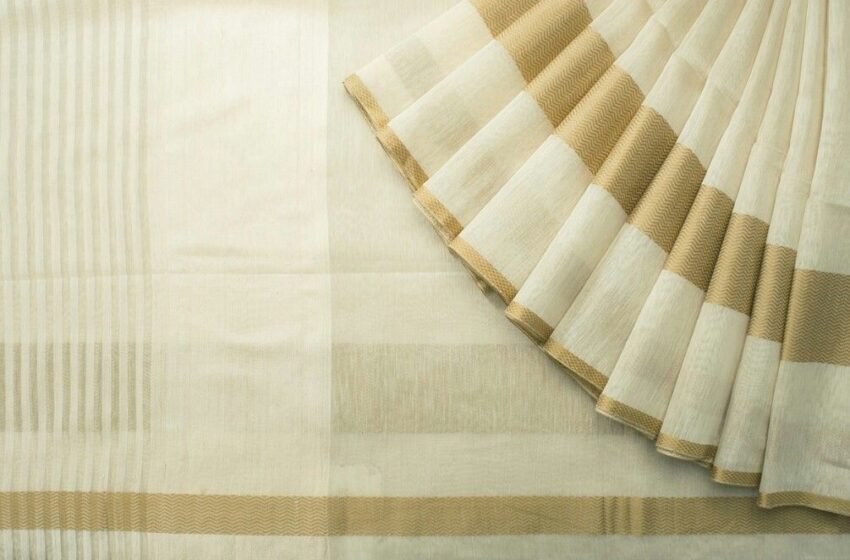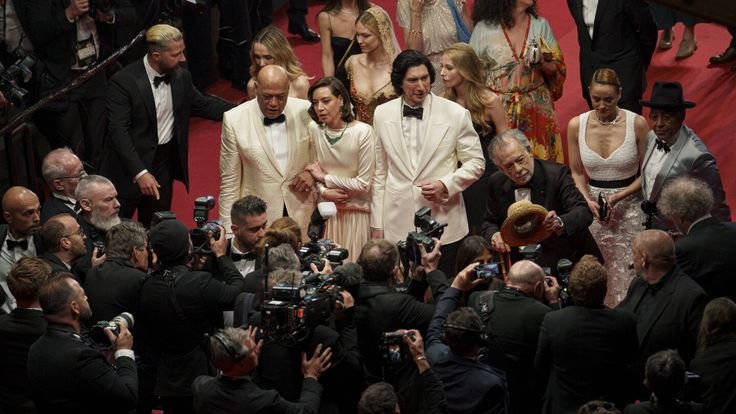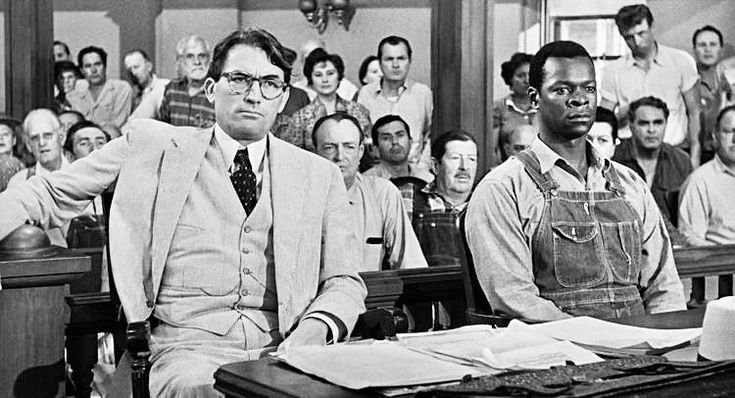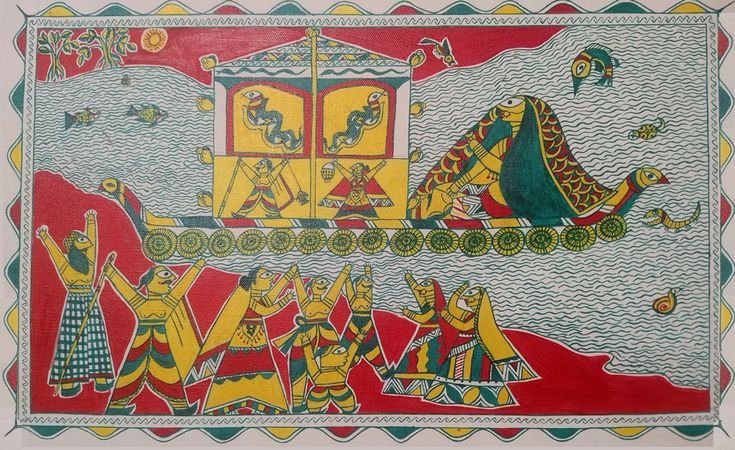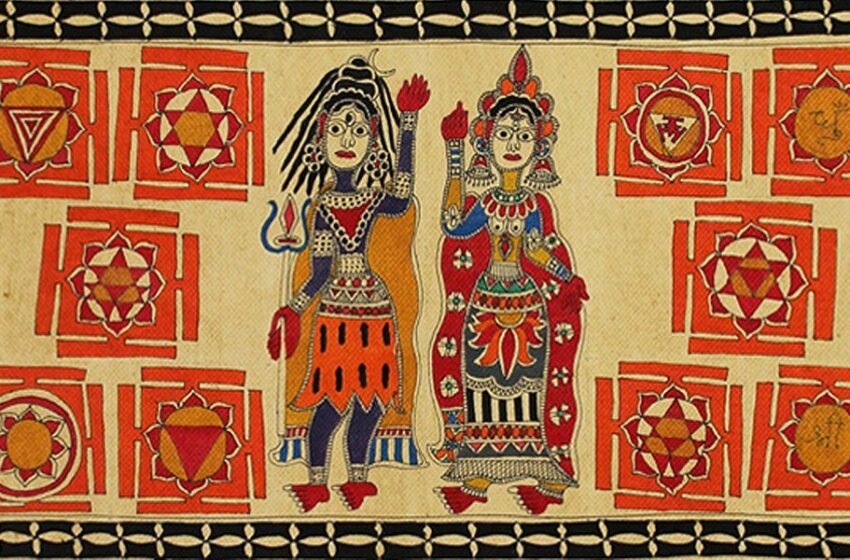-Bhoomee Vats The term ‘Ramlila’ literally translates to “Rama’s play”. It is a performance of the epic of the Ramayana in a series of scenes that does not just consist of acting but also includes song, narration, recitation, and dialogue. It is performed all around northern India during the festival of Dussehra, held each year […]Read More
Tags : clothing
Kasavu Saree: Weaving Kerala’s Golden Heritage Through Threads of Time
– Bhoomee Vats Used in the border of the saree and not in the saree itself, the term “kasavu” refers to the Zari that is used in the border of the famous Kerala sarees, making it the name of the material which is used in the manufacturing process of the saree. Extending this term, when […]Read More
-Mili Joshi As if we were conversing with two people at once, but only one of them seems to be speaking, there is a strange intimacy in reading a work in translation—the feeling of meeting a mind across linguistic boundaries while also being aware of the invisible presence of another: the translator. This triangulated relationship […]Read More
Lights, Camera, Revolution: How Films Became a Voice of the
-Anushka Sengupta → Examine cinema as resistance—from To Kill a Mockingbird to Mandela: Long Walk to Freedom. Within the story of human civilization, the marginalized have struggled to find the means to express their suffering, resistance and hope. Wherever political systems have let them down and the mainstream media has ultimately ignored them, cinema has […]Read More
– Anushka Sengupta → Spotlight Parasite, Pather Panchali, Crouching Tiger, Hidden Dragon, and their global cultural breakthroughs Cinema is a universal language. For more than 100 years, the global cinema stage was heavily influenced by Western, and especially Hollywood narratives. Yet some landmark films from Asia and other non-Western parts of the world broke those […]Read More
Manjusha Art, also known as Angika Art, is a traditional and vibrant folk art form that originated in the Bhagalpur region of Bihar, India. Deeply rooted in the cultural and religious history of the region, Manjusha Art has been cherished for its distinctive style, rich storytelling, and religious significance. This article delves into the origins, […]Read More
Gond tribal painting is a vibrant and intricate form of indigenous art that originated in Madhya Pradesh, India. It is deeply rooted in the cultural and spiritual traditions of the Gond community, one of the largest tribal groups in India. Traditionally, these paintings were created for rituals, festivals, and religious practices, adorning walls, floors, and […]Read More
Sikki art, a unique and intricate craft form originating from Bihar, is a testament to the region’s rich artistic heritage. Made from the golden-hued sikki grass, this art form has been practiced for centuries, traditionally depicting folklore, mythology, and scenes from nature. Once an integral part of everyday life and cultural expressions, sikki art has […]Read More
The Indian state of Bihar, known for its rich spiritual and artistic traditions, has long been a center of esoteric knowledge, particularly in Tantra. The Tantric art of Bihar, deeply embedded in mystical practices, serves as a visual representation of spiritual concepts that transcend ordinary perception. These artworks, found in ancient wall murals, temple sculptures, […]Read More
Kalamkari, with its intricate designs and rich history, is celebrated for its artistic beauty and cultural significance. But beyond the well-known commercial versions of this textile art lies a more sacred and lesser-known tradition—the Kalamkari temple paintings of Tamil Nadu. Unlike their market-driven counterparts, these paintings are created as devotional offerings in temples, depicting divine […]Read More

